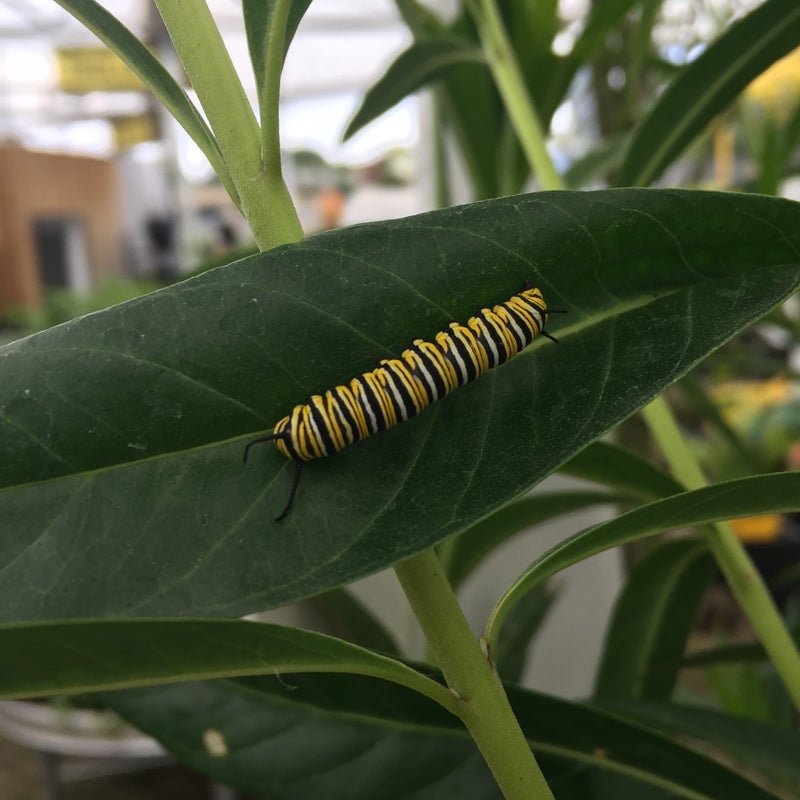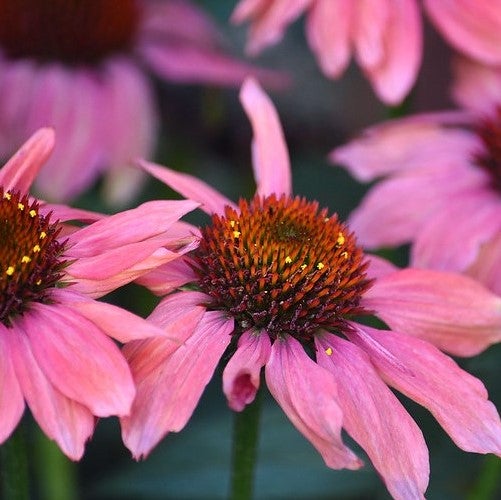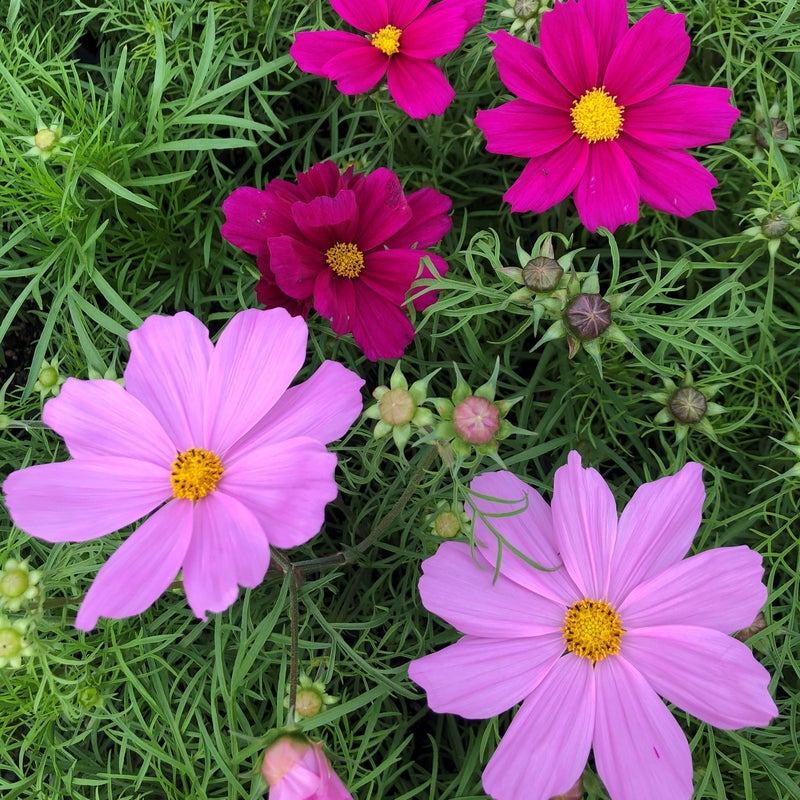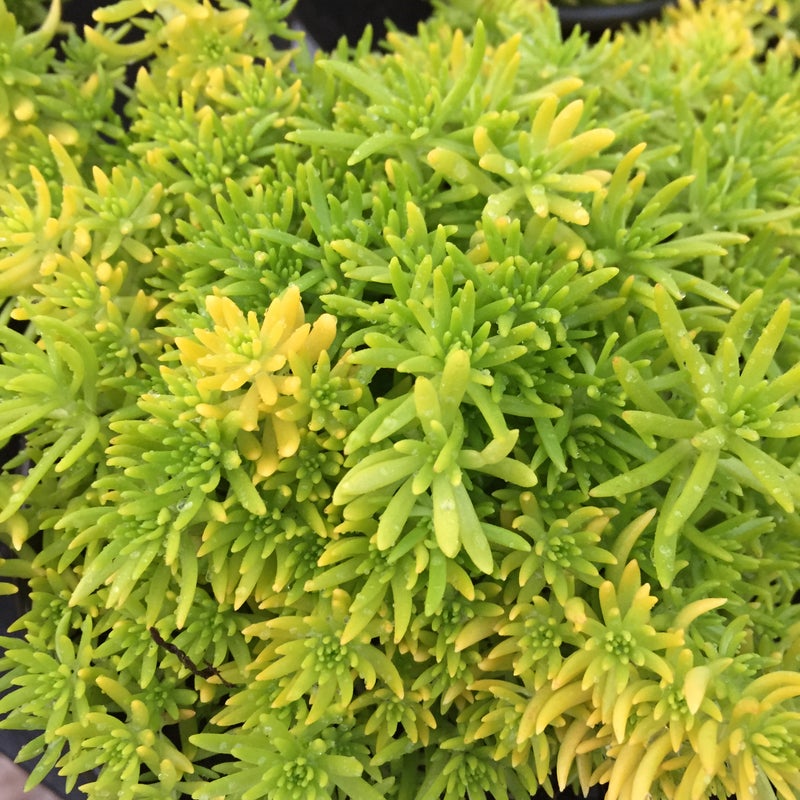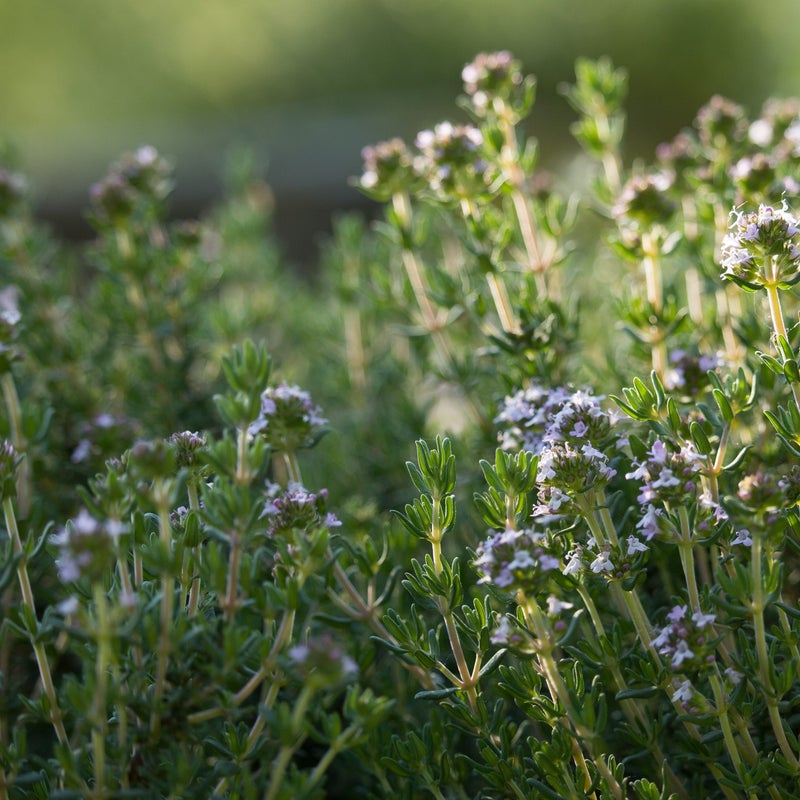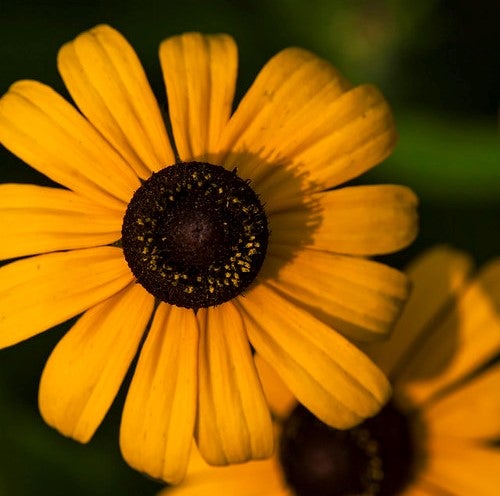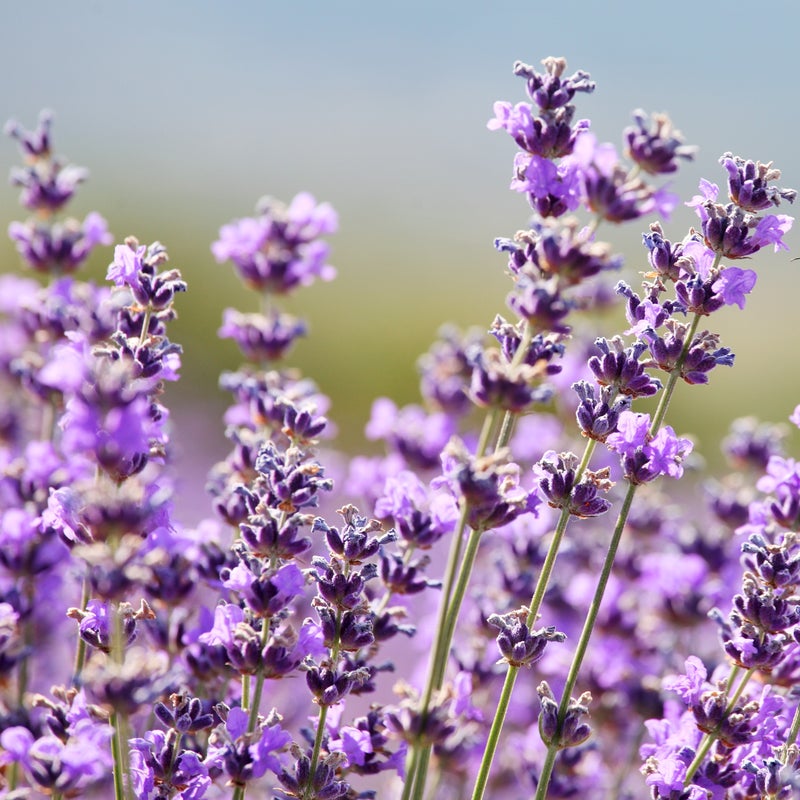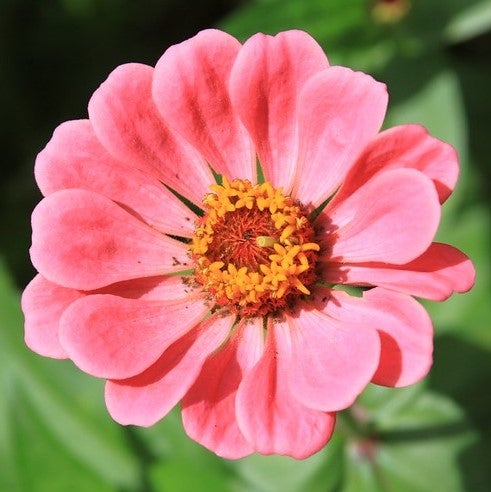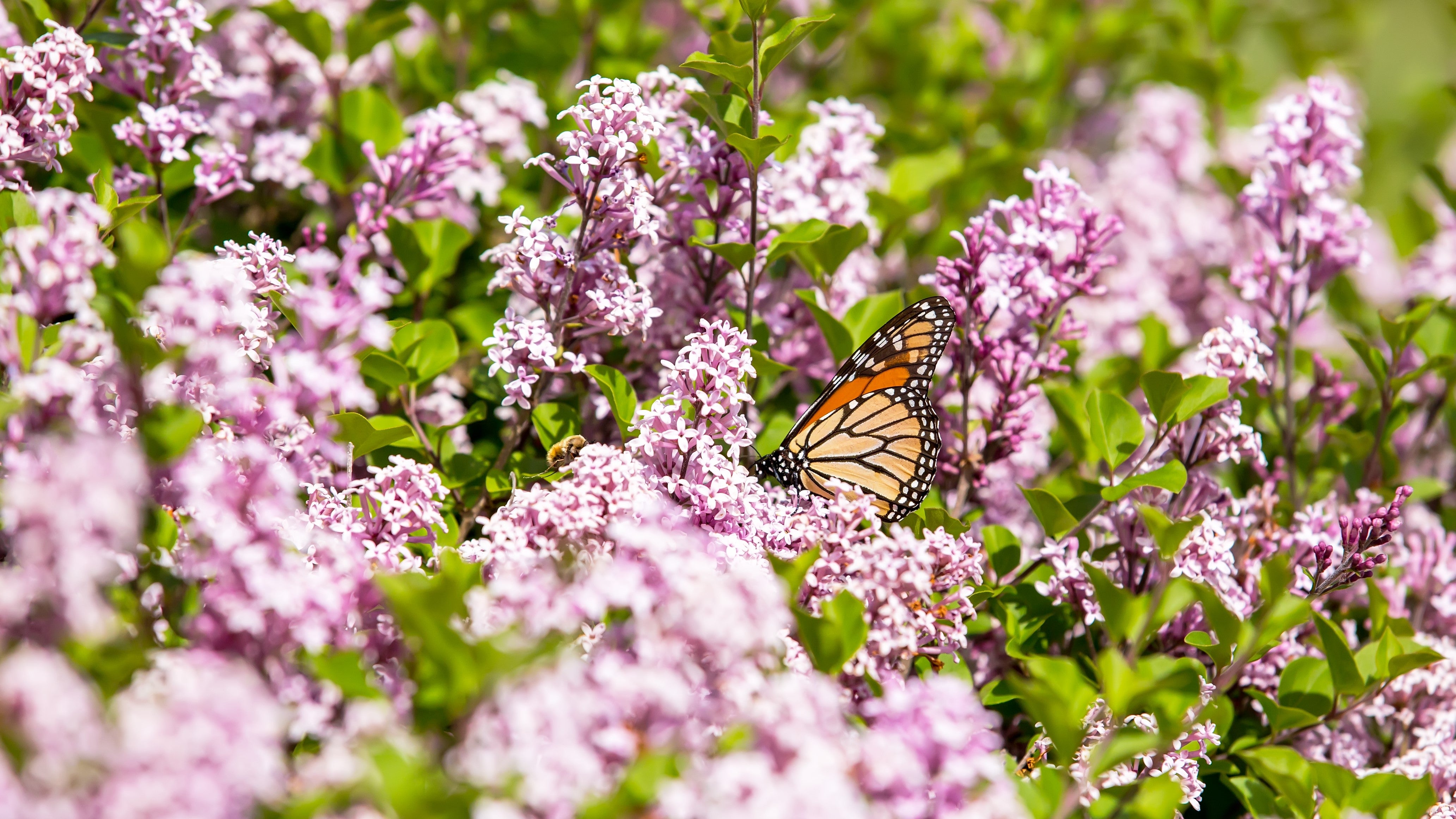
Creating a Butterfly Garden
11 Nov, 2021
Here is a growing guide on what varieties are best to get into the garden now to attract them, as well as how to look after them.
Care
While plants are getting established, make sure you water them every few days especially if it has been hot. We highly recommend only using organic products if the plants are specifically for butterflies. Fertilise with Aquaticus Organic Garden Booster once every three weeks, and plant into organic veggie mix, or a mixture of your garden soil and organic compost.
Top 9 plants for butterflies
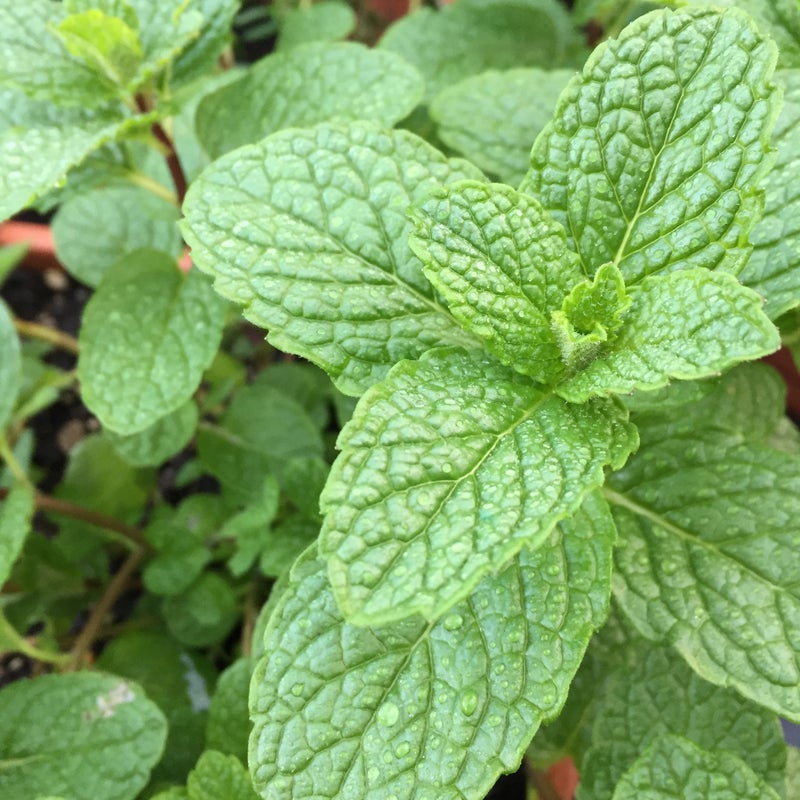
Mint family
The mint family includes catmint, lavender, rosemary and common mint. As well as attracting bees and butterflies, all have culinary uses. Easy to grow, plant in pots or in the garden. Make sure to plant common mint in separated garden beds if you want to stop if creeping into other areas of the garden.
Extra plants for the enthusiasts
If you are looking for something a bit different to help out with butterfly populations, consider these plants.
Muehlenbekia
This will attract copper caterpillars (found in Auckland to Wellington; endemic); common copper caterpillars (nationwide; endemic); Rauparaha’s copper caterpillars (Auckland and Northland; endemic).
Helichrysum (everlasting daisy)
This will attract painting lady caterpillars (found in specific areas in the North and South islands including Auckland; Australian).
Clover
This will attract common blue caterpillars (North Island and the top part of the South Island; common Australian butterfly). If grown in the South Island, our endemic species ‘southern blue’ caterpillars will feed on it.
Stinging nettle
This will attract yellow and red admiral caterpillars (nationwide; red admiral is endemic, yellow is found in New Zealand and Australia).
